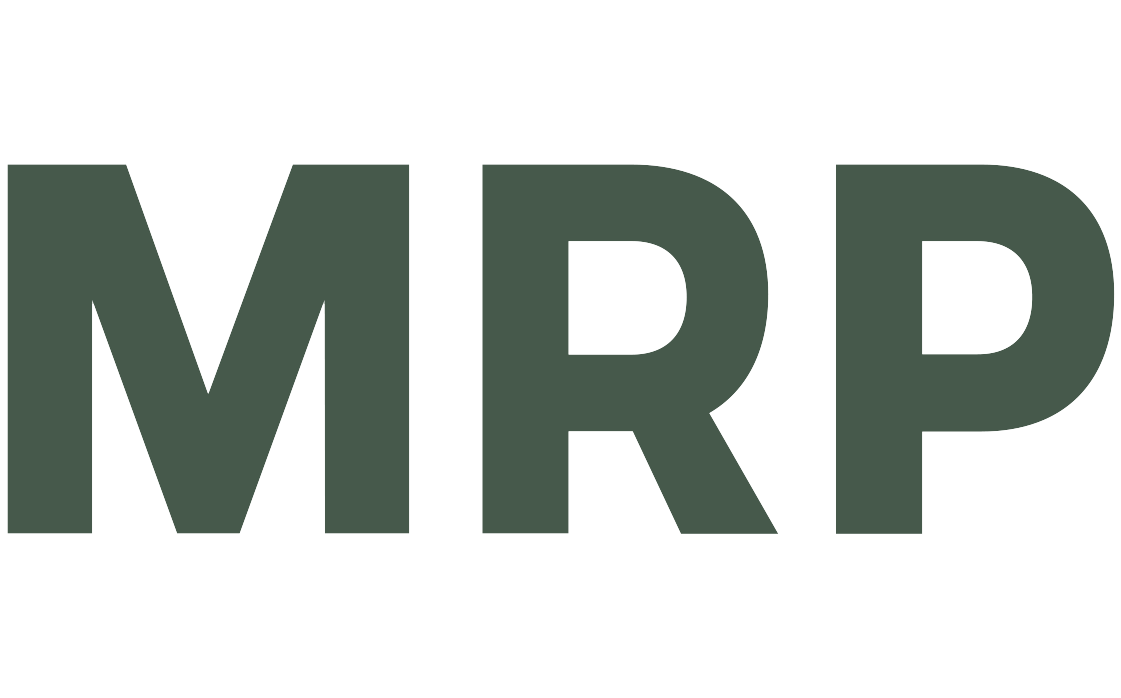RAAK-PRO grant for research into healthy living environments in the Cartesius living lab
Led by Utrecht University of Applied Sciences, a four-year study will examine the extent to which the compact area development in Cartesius, based on blue zone principles, actually leads to healthy and happy living (together). Our Utrecht area development Cartesius, inspired by blue zone principles, will be a lively, sustainable, and healthy new urban district in Utrecht with over 3,000 homes and various amenities. The ambition: a neighborhood where people demonstrably live healthier and happier lives (together) for longer. But what makes such a healthy neighborhood truly healthy? And what works and what doesn't, and for whom? These questions are central to the new four-year research project ‘Building a healthy neighborhood: collaborating, learning, and connecting in Cartesius Utrecht’. This research is funded by the SIA, part of the Netherlands Organization for Scientific Research (NWO), with co-funding from the project partners.
A unique living lab in Cartesius
The project has received a grant of more than €700,000 and, under the leadership of lecturer Dr. Hanneke Kruize of Utrecht University of Applied Sciences, brings together residents, professionals, government agencies, and developers in a unique living lab. “We want to understand how the combination of spatial design, social dynamics, and the interaction between professionals and residents contributes to a healthy neighborhood,” says Kruize. “In this project, we are discovering together what really works for healthy and happy coexistence in the city. In doing so, we are building knowledge that will help us work on healthy area development in other urban areas in the Netherlands as well.”
Learning through hardware, software, and orgware
The researchers are developing a so-called reflexive monitoring system in which residents, students, and professionals learn together. They monitor the effects of the neighborhood's layout (“hardware”), social cohesion (‘software’), and the way in which cooperation is organized (“orgware”).
Research with an eye for diversity and community
This project investigates what works to create a healthy living environment—and for whom. It takes into account the diversity of residents who live together in close proximity in Cartesius. An important focus is community development: strengthening social connections and shared ownership in the neighborhood and solidarity with the surrounding neighborhoods. The researchers are looking at how the area can be designed as a green, healthy, and inclusive living environment in which people can participate and well-being is promoted.
Broad collaboration in the region
The research is a collaboration between Utrecht University of Applied Sciences, Utrecht University, UMC Utrecht, the municipality of Utrecht, the province of Utrecht, the Cartesius Consortium (developers Ballast Nedam Development and MRP), housing association Portaal, and healthcare organization De Tussenvoorziening. The project builds on the existing Building a Healthy Neighborhood covenant and is in line with the ambition of both the city of Utrecht and the Heart of Health region: healthy urban living for everyone.
From knowledge to practical tools
The research provides both practical and scientific insights. The lessons learned are translated into practical tools for municipalities, developers, and designers working on healthy urban area development. The insights are shared through publications, fact sheets, and meetings. And in national and international knowledge networks, such as the Data and Knowledge Hub for Healthy Urban Living and the WHO Healthy Cities Network.
The RAAK-PRO project will run from November 2025 to the end of 2029.

